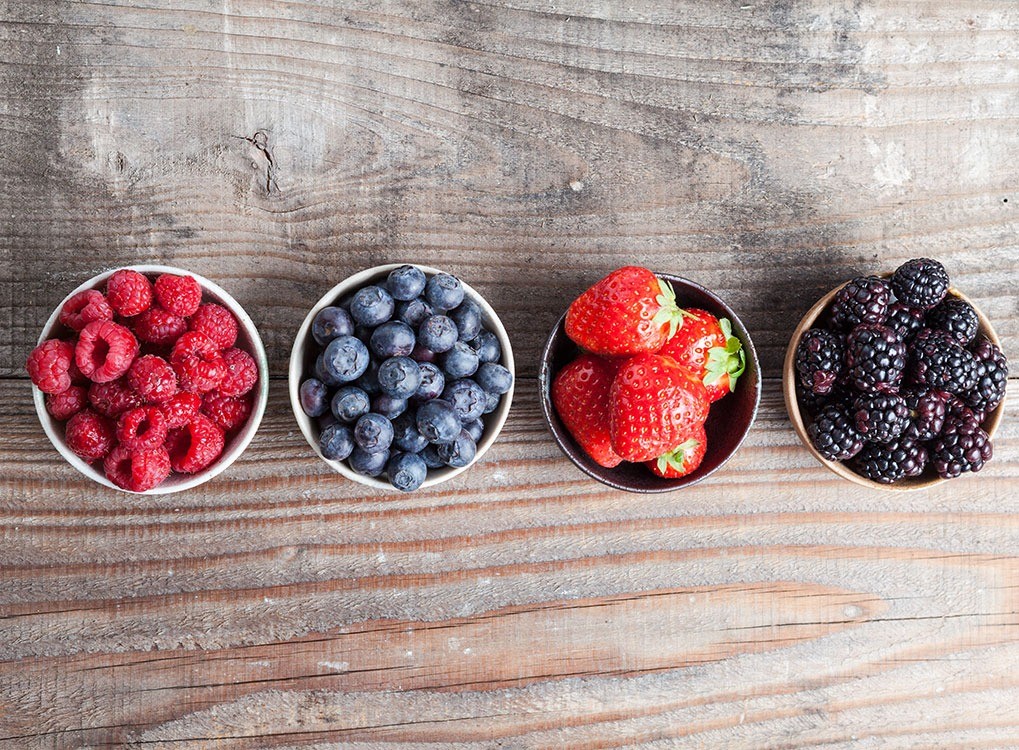Nutritionists Reveal the No. 1 Mistake People Make With Weight Loss Smoothies

A smoothie is only as healthy as the ingredients you use—the right choices make your smoothie nutritious, satiating, and help provide an energy boost, while not-so-healthy choices mean you might as well be drinking a milkshake. “The healthy smoothie — we’re really looking for that balance. So you want good carbohydrates, good proteins and good healthy fats,” dietitian Lorraine Fye tells the Mayo Clinic. “It’s really fine to have a smoothie every day. It can be a convenient meal replacement as long as you’re making sure that it really is replacing the meal. Not too few calories, but not too many calories.” Here is the most common mistake people make with smoothies, according to experts.
RELATED: 9 Best Supplements to Add to Your Smoothies.
Too Much Fruit

It’s easy to have too much fruit in your smoothie, as it’s easier to drink a large amount than actually eat it. While fruit is packed with nutrients, it also has sugar. “Though fruit is a healthy smoothie ingredient, you can get too much of a good thing—in the form of calories and carbs,” says Samantha Cassetty, RD, via TODAY. “A general rule of thumb is to stick to around 1 cup of fruit per smoothie. That’s about a serving. Putting a few different fruits in your blender can easily add up to much more so if you’re mixing fruits, keep an eye on the total amount.”
Not Balancing Out Fruit

Using only fruit and not adding important ingredients can make your smoothie into a sugar bomb. “There is such a thing as an unhealthy smoothie – one that is all fruit and not much else in it, as this means it is laden with sugar,” Dr Zac Turner tells News.com.au. “A healthy smoothie is one with balance. So you want good carbohydrates, good proteins and good healthy fats.”
Healthy Fats

Healthy fats and fiber help slow down the absorption of sugar, helping prevent spikes and crashes. “In the morning you should be using healthy fats such as nut butter, coconut milk or chia seeds,” Dr Turner says. “This will help you feel satisfied for longer. Also add in protein with either Greek yoghurt or protein powder. Fiber can be included with oats. Of course you can add fruits such as berries, bananas or mangoes, but you also need to add in veggies such as spinach, kale, avocado, or even beetroots.”
RELATED: 19 Easy & Delicious Smoothies For Weight Loss.
Added Sweeteners

Fruit has more than enough sugar in it for your smoothie, without having to add more. “Be it maple syrup, honey, agave, coconut sugar, or any other form of added sugar, too much sweetener is where many smoothies go astray,” Cassetty says. “Other added sugars may come in the form of plant-based milks (sometimes even in original varieties) and flavored yogurts. Since fruit is naturally sweet, see if you can get by with just a hint of added sugar, if any.”
How much Fruit Do I Need?

You don’t need more than a cup of fruit in your smoothie. “Though calorie needs vary depending on age, weight, hormones, activity levels, and more, as a rule of thumb, most of us do well with snacks that contain fewer than 200 calories; a 300- to 450-calorie breakfast would cover most adults’ needs,” Cassetty says. “Start with 1 cup of fresh or frozen fruit. Some great fruit bases include strawberries, blueberries, mangoes, bananas, pineapple, cherries and peaches.”